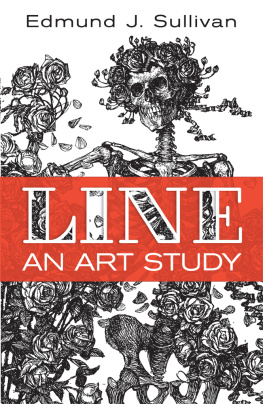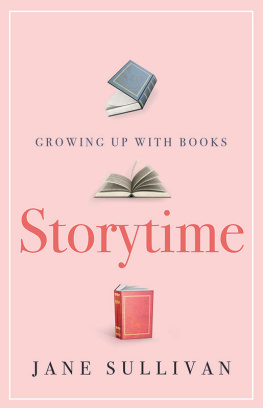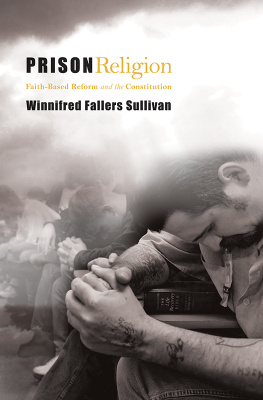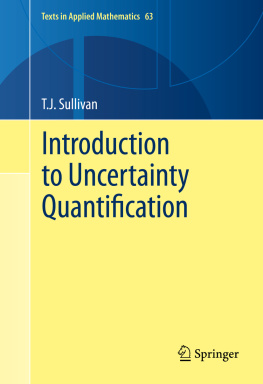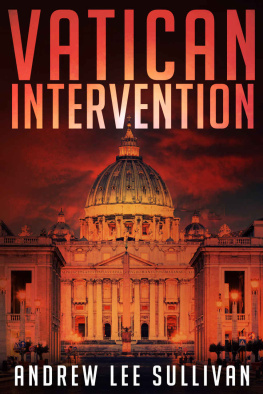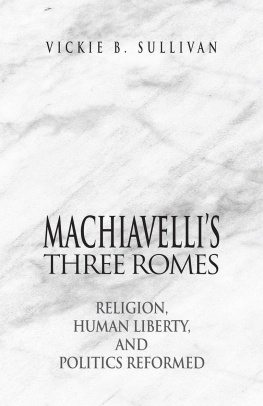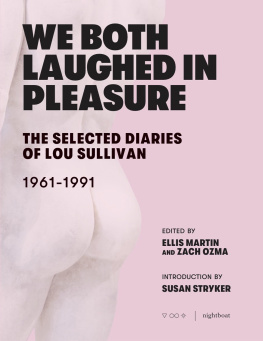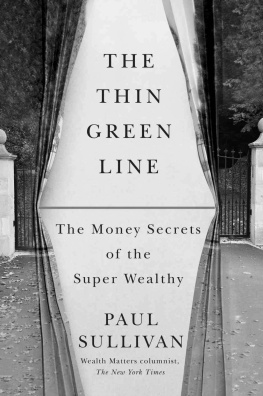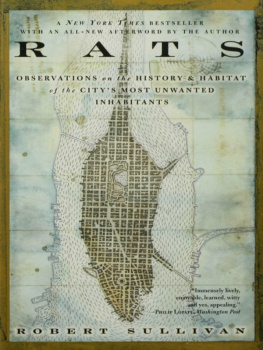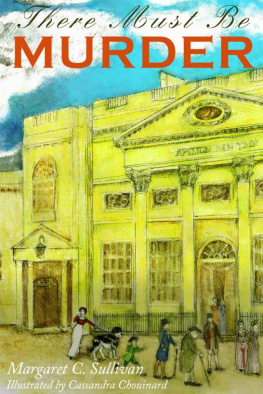Sullivan - Line : An Art Study
Here you can read online Sullivan - Line : An Art Study full text of the book (entire story) in english for free. Download pdf and epub, get meaning, cover and reviews about this ebook. City: Newburyport, year: 2015, publisher: Dover Publications, genre: Romance novel. Description of the work, (preface) as well as reviews are available. Best literature library LitArk.com created for fans of good reading and offers a wide selection of genres:
Romance novel
Science fiction
Adventure
Detective
Science
History
Home and family
Prose
Art
Politics
Computer
Non-fiction
Religion
Business
Children
Humor
Choose a favorite category and find really read worthwhile books. Enjoy immersion in the world of imagination, feel the emotions of the characters or learn something new for yourself, make an fascinating discovery.
- Book:Line : An Art Study
- Author:
- Publisher:Dover Publications
- Genre:
- Year:2015
- City:Newburyport
- Rating:4 / 5
- Favourites:Add to favourites
- Your mark:
- 80
- 1
- 2
- 3
- 4
- 5
Line : An Art Study: summary, description and annotation
We offer to read an annotation, description, summary or preface (depends on what the author of the book "Line : An Art Study" wrote himself). If you haven't found the necessary information about the book — write in the comments, we will try to find it.
Line : An Art Study — read online for free the complete book (whole text) full work
Below is the text of the book, divided by pages. System saving the place of the last page read, allows you to conveniently read the book "Line : An Art Study" online for free, without having to search again every time where you left off. Put a bookmark, and you can go to the page where you finished reading at any time.
Font size:
Interval:
Bookmark:

M ARIE , M ARAT, AND THE F LEUR DE L YS
A study in the symbolic use of line, with an endeavour to maintain a judicious balance between realism and idealism.
Mineola, New York
Bibliographical Note
This Dover edition, first published in 2015, is an unabridged republication of the work originally published by Chapman & Hall Ltd., London, in 1922. This book is being reprinted exactly as it was published in an effort to preserve the consistency of the original edition and its historical context, which include some regrettable, potentially offensive elements.
Library of Congress Cataloging-in-Publication Data
Sullivan, Edmund J. (Edmund Joseph), 18691933.
Line : an art study / Edmund J. Sullivan.
p. cm.
This Dover edition, first published in 2015, is an unabridged republication of the work originally published by Chapman & Hall Ltd., London, in 1922.
eISBN-13: 978-0-486-8047-7-4
1. Drawing. I. Title.
NC710.S7 2015
741.2dc23
2014037095
Manufactured in the United States by Courier Corporation
79484601 2015
www.doverpublications.com
IN MEMORY OF MY FATHER
SULLIVAN OF HASTINGS
(18751914)
SOMETIME PRESIDENT OF
THE SOCIETY OF ART MASTERS
T HERE have been times when I wished that I had not undertaken to write this book. At first it appeared (and of course should remain) so simple an affair to explain what seemed like a discovery,that all drawing resolves itself into the combination at various angles of units of straight line, consisting of two dots, that all should be plain sailing.
All drawing is nothing more than thatthe combination of straight lines into curves, which I had been combining nearly all my lifenot quite unconsciously as the bourgeois gentilhomme spoke prose; but as a deliberate and conscious artist.
Having undertaken the book, in the full belief that I had bitten off something well within my powers to swallow, since such a book has been in mind for over twenty years, the question wasexactly where to begin.
Since the pointing out of the simplicity of drawing was of the essence of the task there could be no more obvious answer than At the beginning, of course! and forthwith to start writing, and go on until the ink ran out.
Well, then, what is the beginning of drawing? A point ? If we accept the definition of a point as having position but no magnitude, we are landed at once into a consideration of the infinitely minute. But for the practical purposes of ocular demonstration with which drawing is concerned, even at its lowest, we must start with a visible dot, which, no matter how minute, has magnitude, diameter andhas it?position. What is Position, which is the one quality allowed to an ideal point? It is harder to define than those qualities of magnitude which the definition of a point denies. Position implies relation to something else, not isolation in space. Position in relation to what ? What is measurement but an examination of relations? To what are we to relate a point (which is an intensified infinity in space) except to infinity in the otherthe extensivedirection?
Take a line as the trace of a moving pointlet it be a straight line-as definedthe shortest line between two given points. Shortness is subject to conditions, and is not absolute. To conceive two tangential ideal points is impossible.
Let the mind travel as far forwards as it can in its conception of the infinitely remote, there is the equally remote backwards, and to the right and left of the conceiving mind. Of course we come to the unrealized paradox of the mathematicians.
A straight linewhere does it end ? In two infinities. But the paradox of infinity leaves us with a curious nostalgia for some resting-place in the flux.
To find out for oneself and to realize that at infinity parallel straight lines do meetthat therefore straight lines are only parts of infinite circles; that space, so far as we can conceive it, is a sphere, and that at that limit of conception all lines and Spaces become but as the point in the centre of the next full-stop or the dot over the next small i, is enough to make the brain whirl like a teetotum, which has neither right nor left hand, North, South, East, nor Westall becomes blurred and a giddy streak, as all appearance and all external being, the conscious and the unconscious, merge into one, as it must to the lulled criticism of a whirling Dervish, when he himself becomes confounded in living atonement with the infinite and the eternal.
Once get both eyes of the mind glued down to a line and it becomes next to impossible to detach it. At times it is reduced to the ecstasy of the mesmerized hen, unable to lift its beak from the fascination of the chalk-mark stretching out to an infinity beyond the comprehension of its inverted eyes.
Let the mind lunge forward as far as it can with its needle-lance through those terrible blanks between the stars and beyond them all, it draws back the point with nothing impaled upon itunblunted even by the least obstruction. Yet it has passed through something more than emptinesshas surely been somewherethough it may have nothing by which to show that it has been as well employed as in patching breeches.
It is out of this mazed contemplation that the mind comes back to its comic little task of writing a modest book on drawing, and to explain that drawing is so simple that a child can do it. To put it forward as a pleasant task for the entertainment of a leisure hour, more fascinating than patience, solitaire, or even bridge.
If in a train I should see the most unlikely business-mangrocer, stockbroker, solicitorbegin to fidget with a pencil, reach for the nearest paper, and make unintelligible signs on margins of books, newspapers and the backs of envelopesthen pause, puzzled between a desire to tear up his effort and an intention to carry onthen suspicion will whisper: He has got it. The hook has Struckhe has eaten of the treeLa Belle Dame Sans Merci hath him in thrallhe has been reading this book and is counting his Investments in the infinite and the eternalhe is learning to draw.
What, after all, is drawing but thisthe shortest line between the two points of an infinity withheld from our comprehension? A short cut that the artist takes, while the mathematician goes round? Through and beyond lines, algebraic Symbols, signs and formulae, it is the artists trade
To see a world in a grain of sand,
And a heaven in a wild flower;
Hold Infinity in the palm of his hand,
And Eternity in an hour.
By drawing he does, if he is lucky, capture and bring home, like a Palmers shell, some dried scrap of the Infinity in which he has travelledfor himself the keep-sake from a dream; and, for the unbeliever, something approaching a proof.
W HETHER drawing preceded writing or writing drawing might have been difficult to say; but that drawing came first may at any rate be assumed from a study of the normal human progress as observed in the growth of an ordinary child, quite apart from the evidence of scholars as to the evolution or devolution of written symbols from representations of observed form. Though not so early as speech, it is probably the earliest form of the conscious and wilful arts of expression for its own sake, as soon as the line of absolute necessity or use has been passed, unless making a noise be accounted musicand so the earliest effort at rendering thought permanent.
Font size:
Interval:
Bookmark:
Similar books «Line : An Art Study»
Look at similar books to Line : An Art Study. We have selected literature similar in name and meaning in the hope of providing readers with more options to find new, interesting, not yet read works.
Discussion, reviews of the book Line : An Art Study and just readers' own opinions. Leave your comments, write what you think about the work, its meaning or the main characters. Specify what exactly you liked and what you didn't like, and why you think so.

